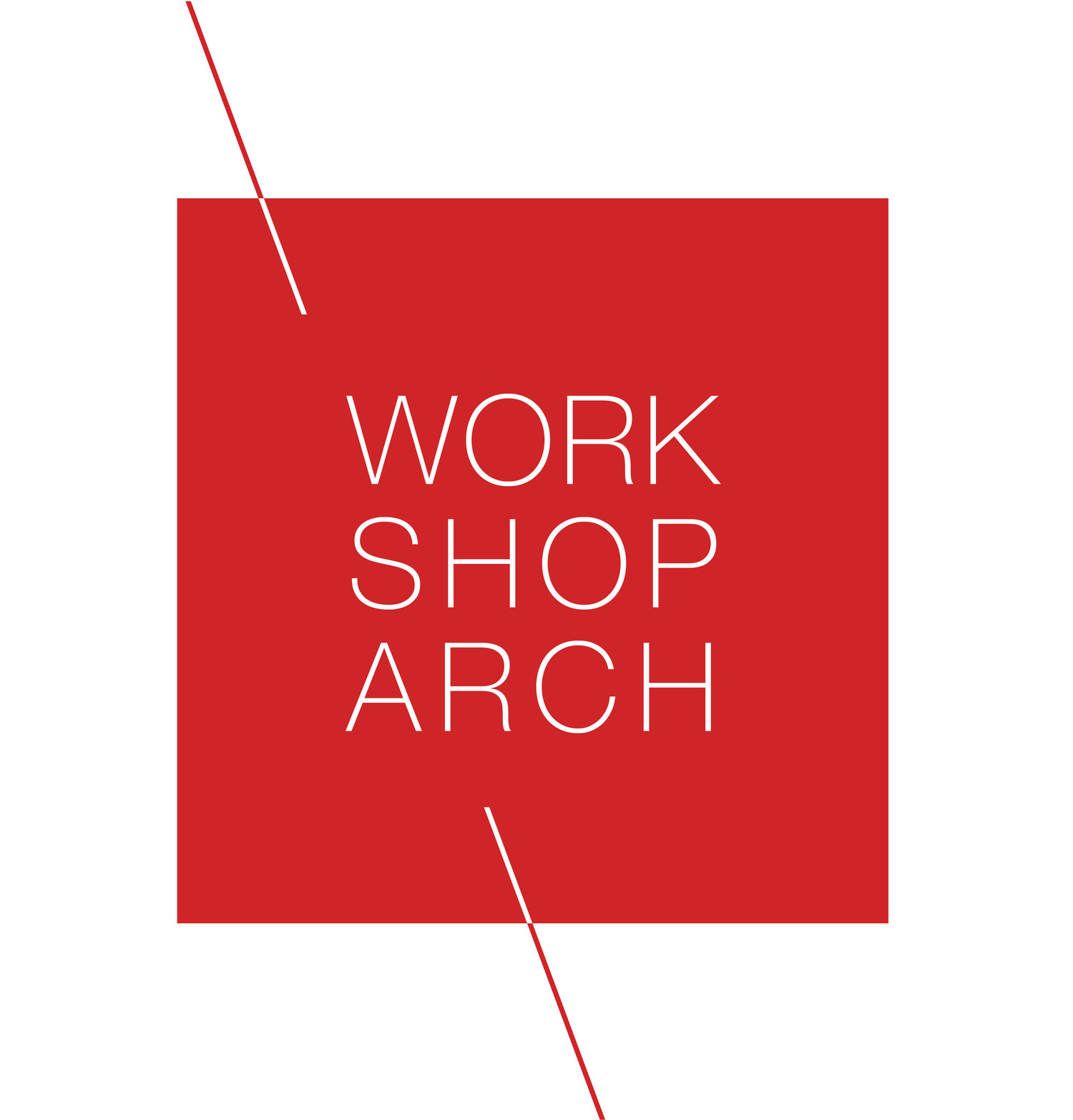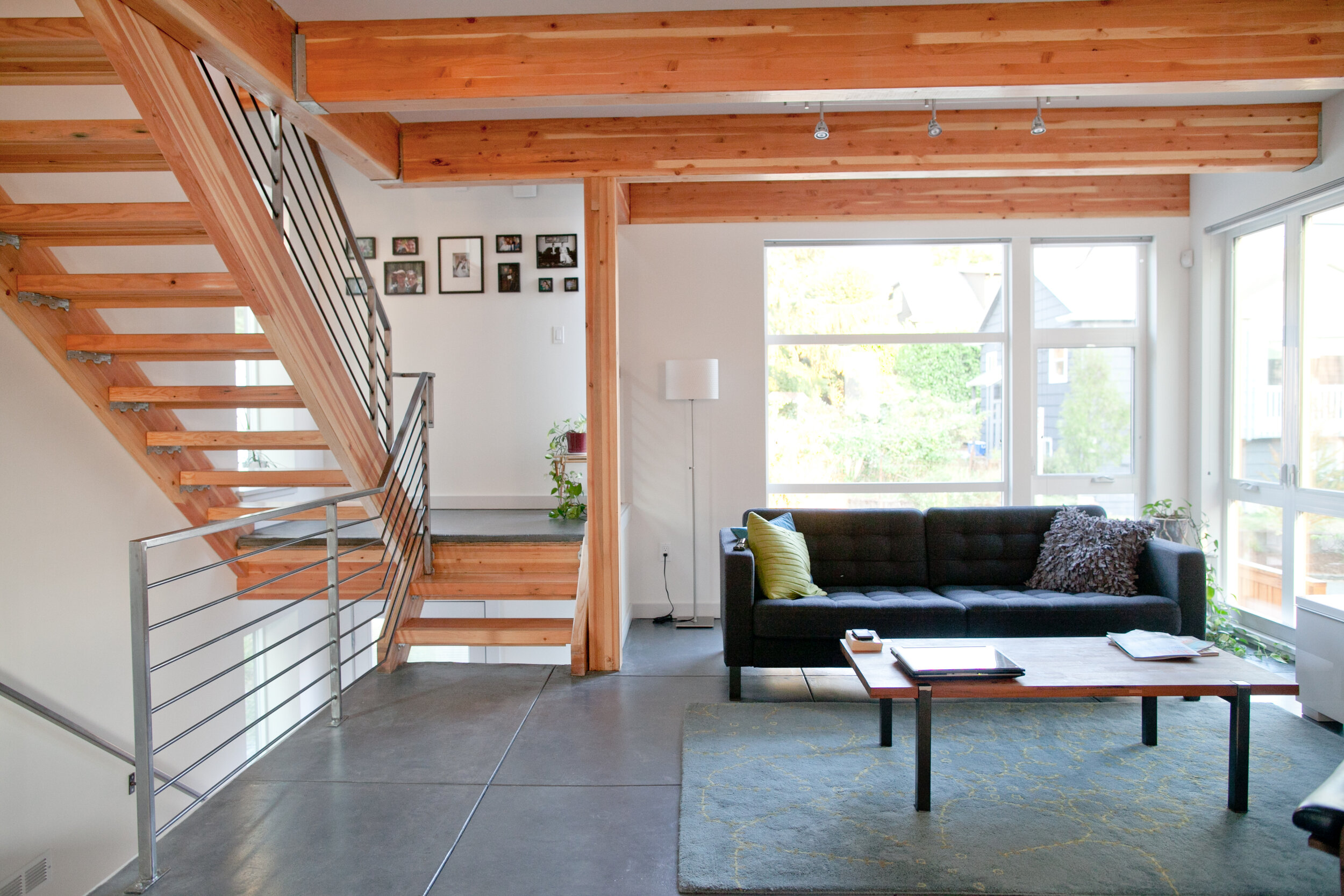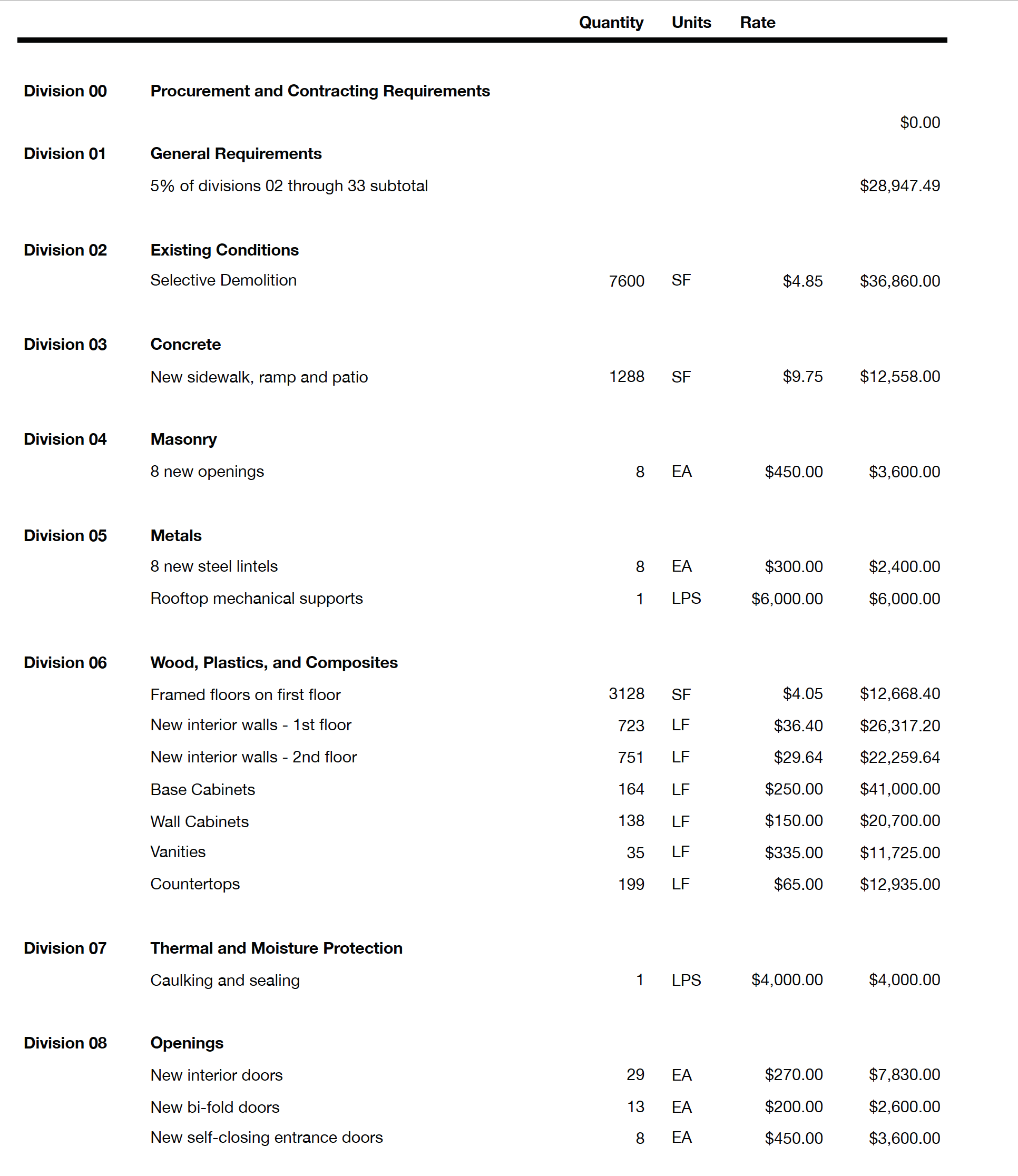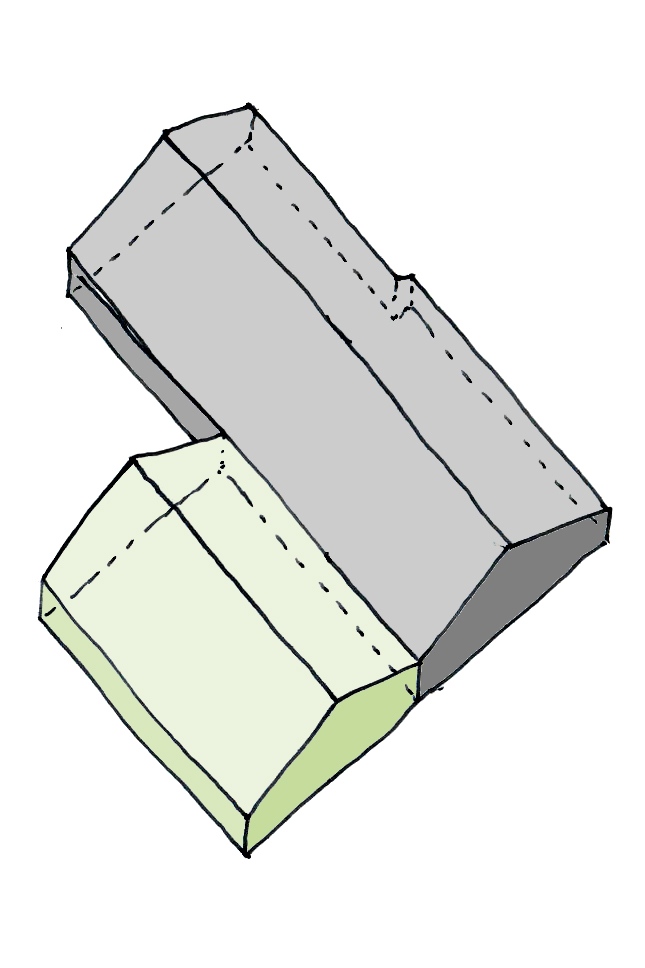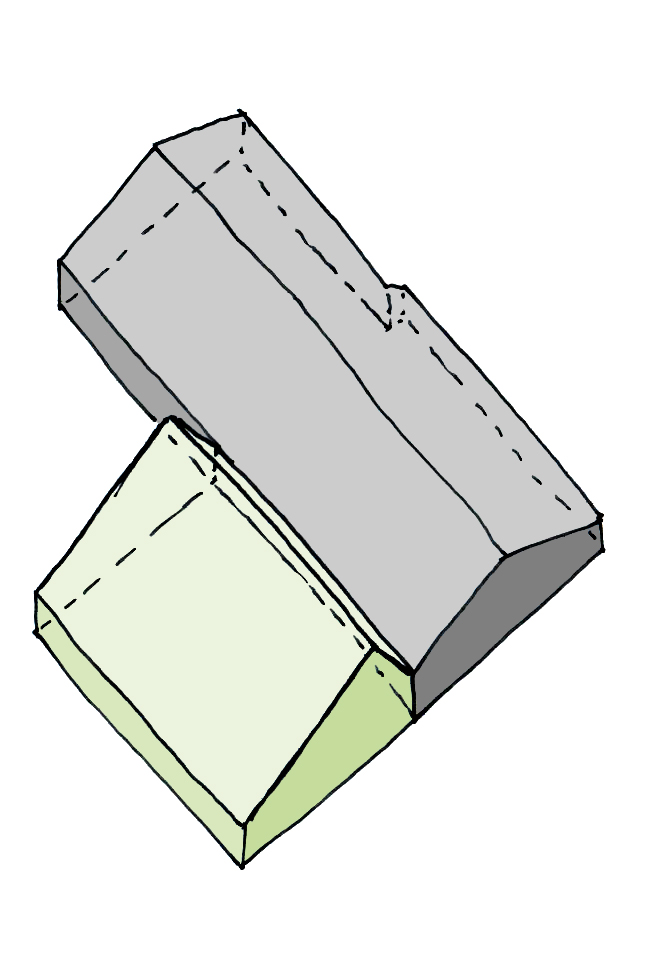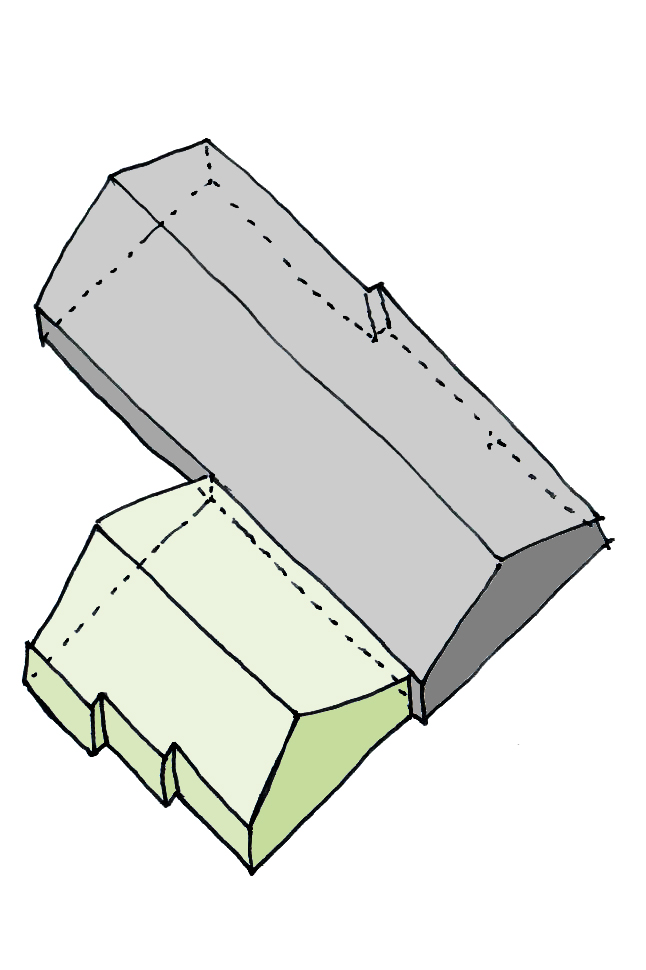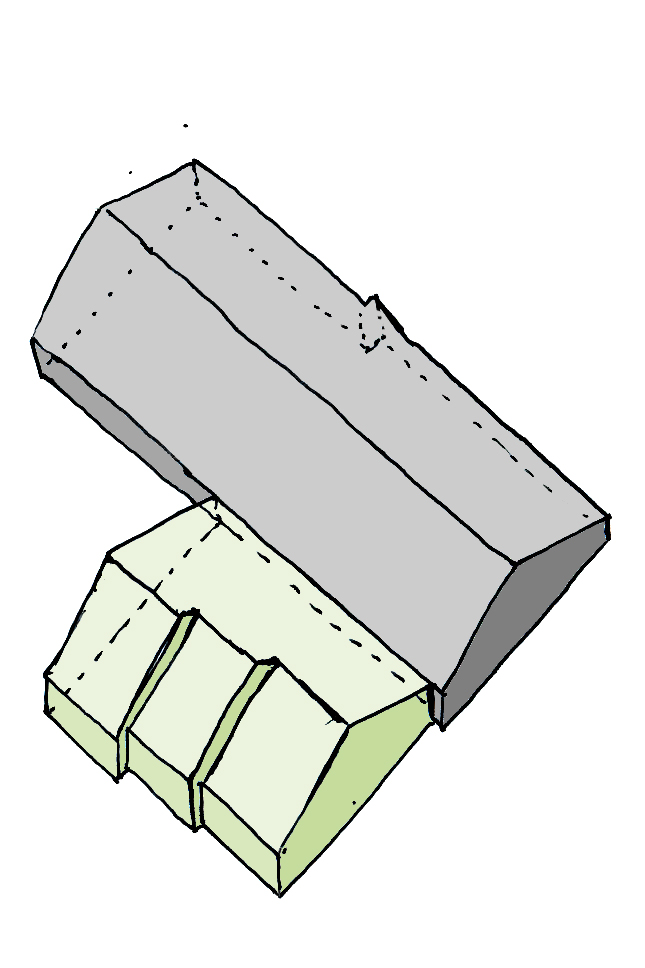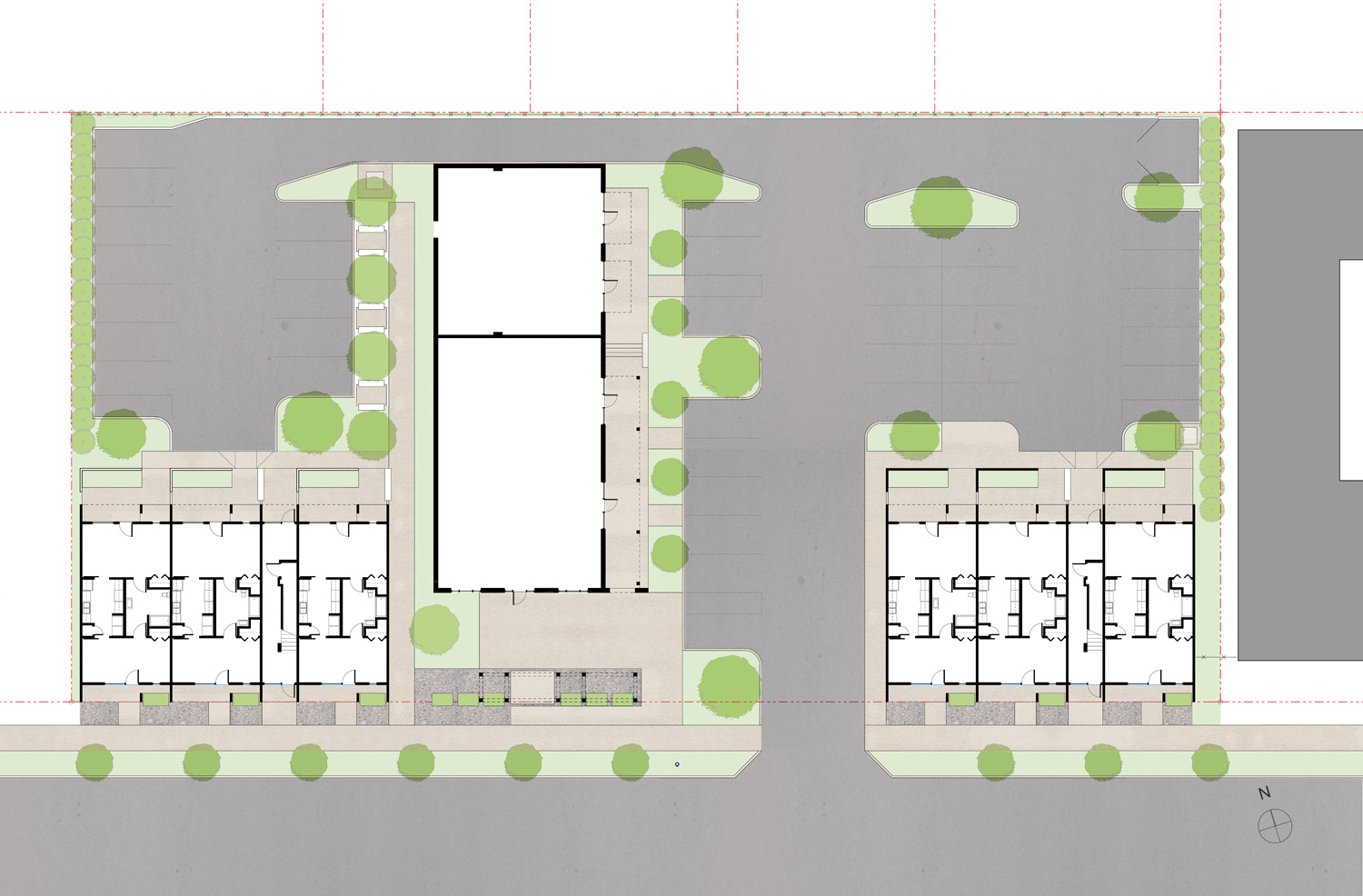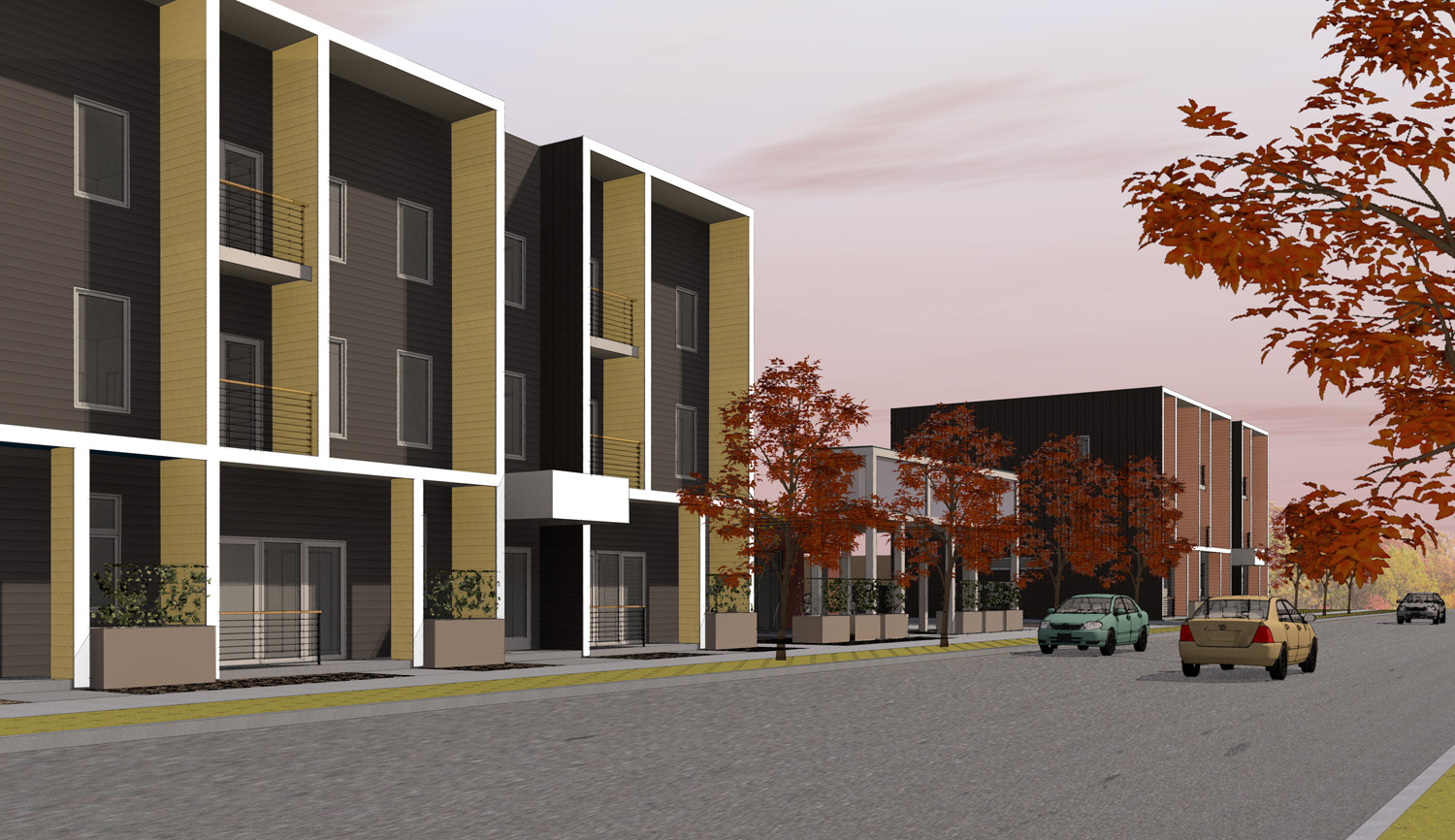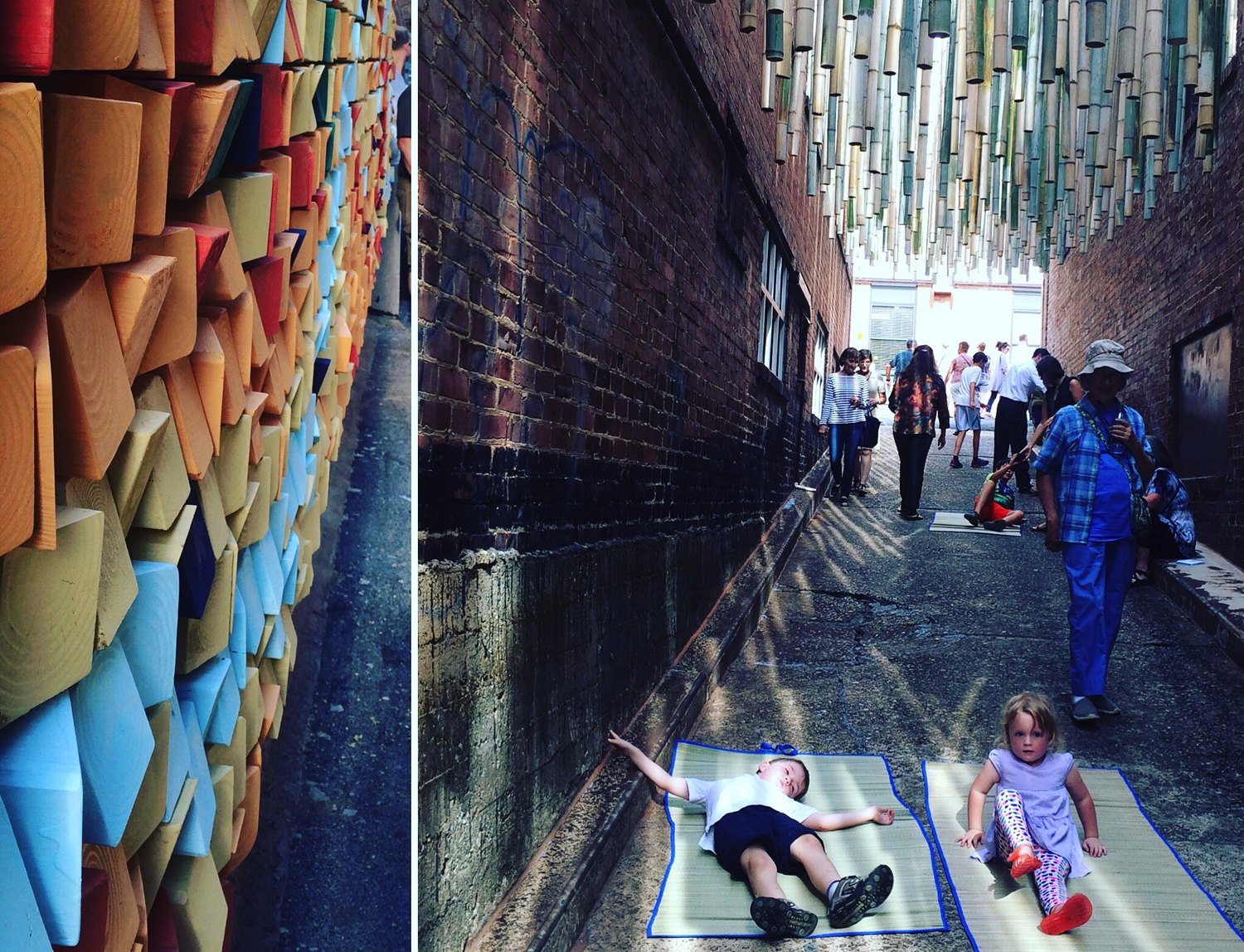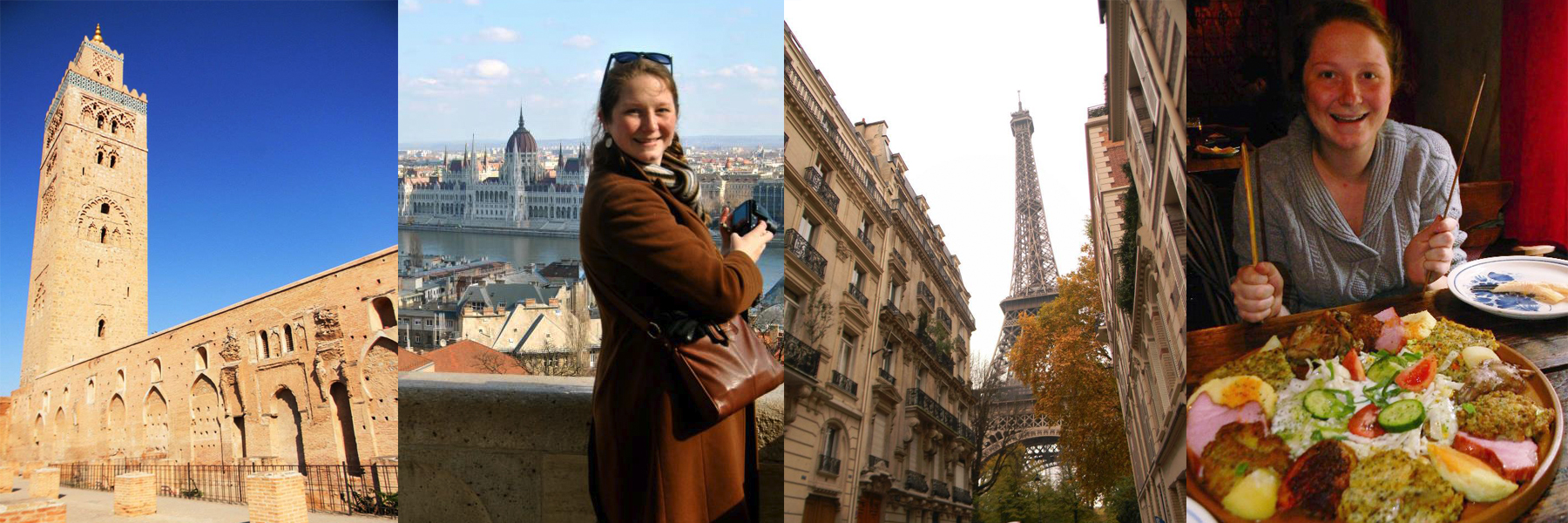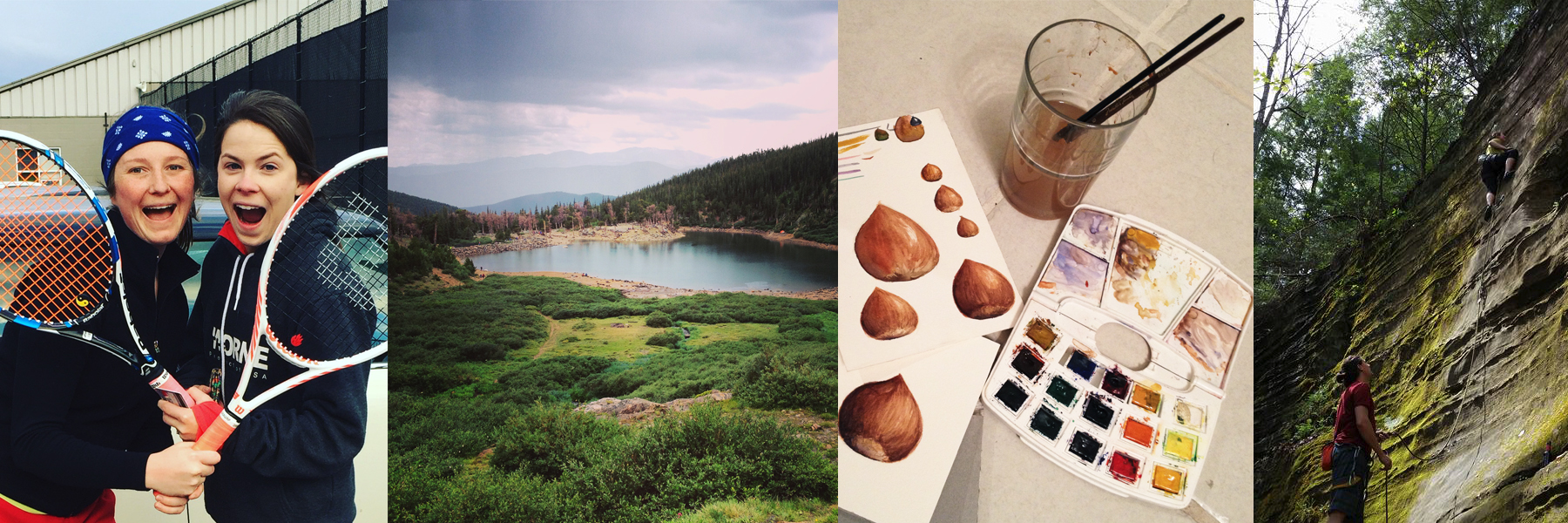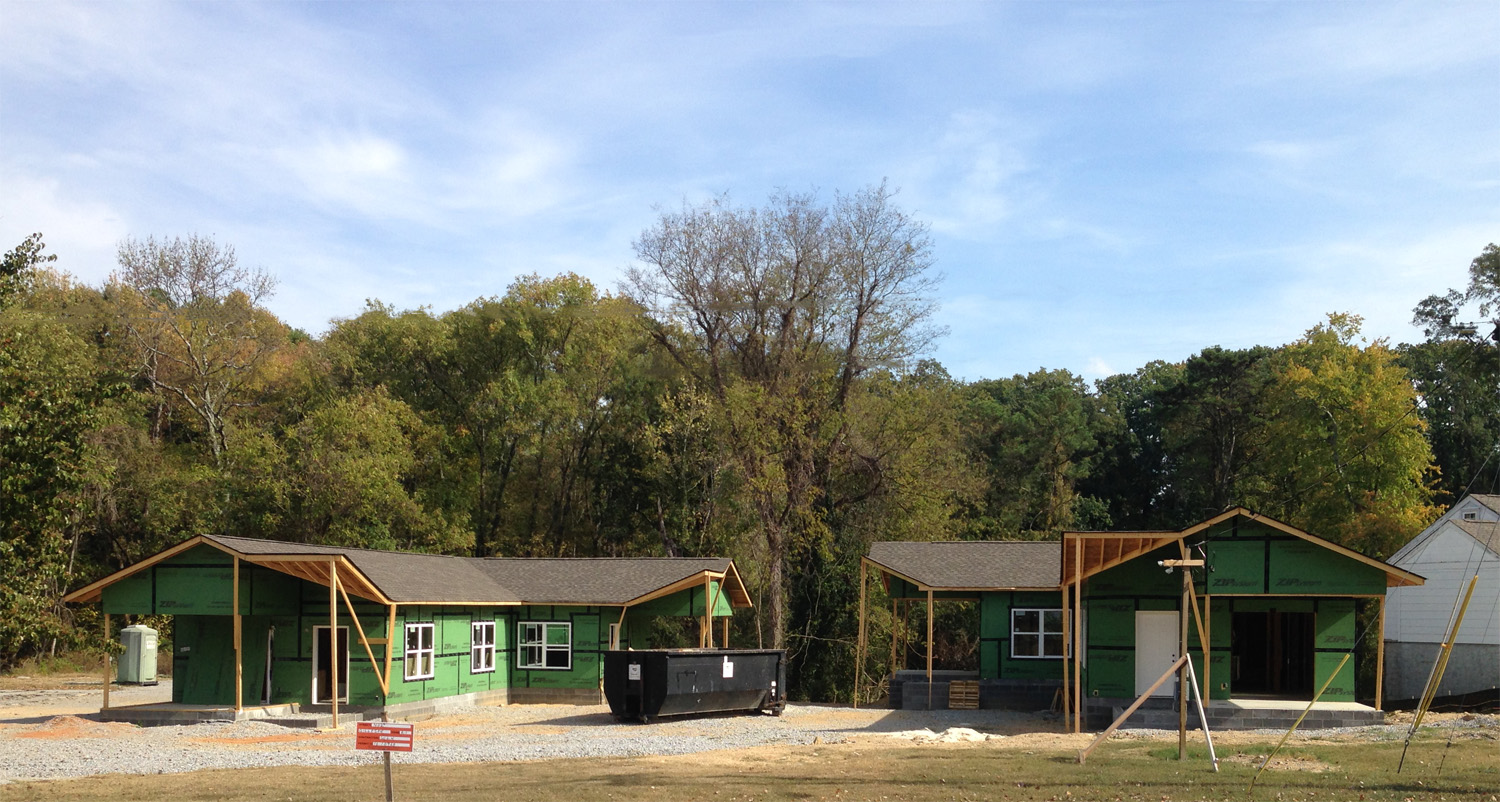There’s a lot that goes into residential design, and weighing all the considerations can be overwhelming. So if you’re wondering where to begin with the process and what to focus on, Redfin’s recent blog on on How to Design a Tasteful Modern Home is full of great advice, and we’re not just saying that because we’re quoted in it ;) Check it out below.
(And Thanks Mike Cahill for reaching out to include us in this.)
How To Design a Tasteful Modern Home
Published November 11, 2020 by Mike Cahill
Modern home design began around the 1940s in an effort to revolutionize the way homes felt. Since then, modern architecture has skyrocketed in popularity for a multitude of reasons, namely form and function. And homeowners have found that modern home design not only stands out but also offers a flexible approach to creating a functional home that is as original as it’s inhabitants. That’s why we reached out to the experts in modern architecture from Morada to Newport to teach what are the major considerations for homeowners to keep in mind when designing a tasteful modern home.
Modern architecture at its core
Modern architecture cut its teeth on houses created to be vital, functionalistic structures stripped of the excesses that characterized much of contemporary practice. Later, once basic needs were authentically addressed, design intentions expanded to include more refined expressions of the good life. Consequently, modern design begins with functional matters, which today include a great sensitivity towards living healthfully and sustainably. Only then can they aspire to be both 'tasteful' and 'civilized’. - Paul B. Clark, Architect
Think big picture
According to Baker Residential, a home builder with communities in the Carolinas and Northeast, homeowners should consider the overall personality they want in their new home. Next, infuse it into a functional layout with sensible flow and then consider the home’s “performance”. How does it allow you to live comfortably? Baker Residential looks at how individuals live in their homes and then incorporates specific features that might be overlooked in some designs. Double islands add valuable workspace in the kitchen, for example. Ten-foot ceilings accentuate the openness in a room. Flexible spaces—like a loft or bonus room—literally allow room for growth. - Baker Residential
Layout, Natural lighting, and Color Palette are my 3 top aspects when designing a modern home. Layout is important for both enjoyment of the home and future resale. I encourage my clients to look at a variety of styles and layouts to help them understand modern design. Natural light is timeless - it’s always desirable and makes the space feel larger. Most often I recommend a neutral color palette This way over time furnishing styles can change without the need of a total overhaul. - North & Co
Bring the outdoors in
Today, harmonizing with nature has become more important, especially here in our beautiful and temperate mountain climate. Modern design allows more opportunities to create a seamless transition from inside to outside by incorporating more glass and openings, extending flooring and ceiling materials through to the outside and bringing natural materials, courtyards and outdoor living to the inside. It allows the house to step back and your environment to take center stage. - Modern Asheville Real Estate
Make it uniquely you
Curate every detail in your home to showcase your creative personality. It's always fun to delight your visitors with your own artistic style too! Thoughtful design choices like custom HVAC registers can be that expressive touch that everyone will notice, and you can appreciate living with every day. The Steelcrest team will help you explore and choose unique designs and finishes for your vent covers that are tailored to your individual project. - Steelcrest
Keep proportions in mind
I would recommend to a homeowner designing a modern home to keep in mind that the modern homes that continue to make homeowners happy have excellent proportions rather than the latest modern ornamentation and design accouterments. Rooms with views of other rooms and the outdoors in many directions is much more pleasing than an exaggerated modern window or tricky modern façade. A simple home on a difficult site is much more interesting than a difficult home on a simple site. Remember, it is much more important for a home to live and feel modern than look modern. - Douglas Newby
Less is more
If excellent design is important to you, then be sure to call a qualified architect first to lead you through the process. If cost is more important than design, then it may be okay to call a builder first. Next, simplicity is a major key to achieving excellent design. Less truly can be more, and it is often more difficult to achieve simplicity than complexity. You must find the simple, strong idea or concept, from where most subsequent design decisions will flow. The architect needs to be the point-person in this effort for the team to ensure consistency of design-intent. - HAUS | Architecture For Modern Lifestyles for DESIGN
I would say that the design needs to accommodate your lifestyle, in that it needs to integrate into a daily routine that you are accustomed to. Simple and clean is simply better! Elegance is created by the tasteful demeanor of all materials working together. - Golden Corner Construction
Lean on form and function
Form and function are two of the main pillars of modern home design. Simple does not necessarily mean boring: clean lines, neutral colors, geometric shapes and balance are hallmark components of modern home design. Furthermore, modern design demands perfection, especially behind the scenes. Because there is no trim on most modern doors and windows, the drywall corners and returns must be perfect because imperfections cannot be hidden. Every line must serve a purpose, which makes it even more important to use only the best subcontractors, application methods and materials for a flawlessly finished and polished look. - Sea Island Builders
Design in harmony with your surroundings
When designing a modern home, we believe the most important consideration (other than the homeowner's budget), is making sure the overall layout and footprint of the home is in harmony with the land. It's amazing how effortlessly the interior elements unfold when you approach the design from the outside-in. Try aligning stairs with the natural slope of the lot; facing bedrooms towards the sunrise, and the dining room towards the sunset; or using floor to ceiling windows to bring interesting natural features inside. Whether you're building in the country or the city, nature is everywhere — let it be your guide! - Sundog Homes
Know what you want
When it comes to designing a modern home I always encourage people to think about what they want THEIR home to look like, but to also keep in mind re-sale. Modern isn't for everyone, and what I find a lot of clients gravitate towards is more of a "Transitional" style. Incorporating clean lines, unique finishes, but making it comfortable at the same time. Modern doesn't have to be cold and sparse; incorporating natural wood tones, modern furniture (that is stylish and comfortable), and elements such as live plants and unique light fixtures can truly make for a beautiful space that is also uniquely yours! - Sweet Bay Design & Realty
Understand that tastes might change
After buying our first home and living through some major design challenges, I feel that it's so important to keep in mind that your tastes will likely change in a few short years. I am in the process of redesigning my home after only two years of working with a designer who loads us up with trendy pieces. This was our first mistake as new homeowners. We are now sticking close to the classics and curating a home that is more "collected" and special. While keeping it minimal, every piece has a purpose and intention. Quality over quantity is the easiest way to design a tasteful modern home.- Collectively Candice
Focus on fundamentals
Try to focus on fundamental issues like space, flow, and views. In 10 years your tile and countertop choices will seem far less important or out of fashion, but a home with gracious space and light and that actually enables your lifestyle will be a joy for as long as you live there. - Workshop Architecture
